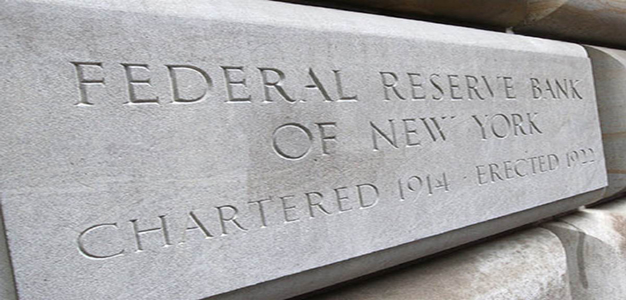
At the time the Fed released the results of its bank stress tests in June, it announced that because of the pandemic and unprecedented economic downturn, it would require additional stress testing of the biggest banks later this year. This afternoon, the Fed released those plans.
Among the various hypothetical scenarios that the banks will have to perform against, 13 of the banks with significant trading operations will have to consider what would happen if a major counterparty blew up. The banks that will have to submit outcomes under this scenario include: Bank of America, Bank of New York Mellon, Barclays US, Citigroup, Credit Suisse, Deutsche Bank USA, Goldman Sachs, HSBC, JPMorgan Chase, Morgan Stanley, State Street, UBS, and Wells Fargo. The Fed will release bank-specific results before the end of the year.
All 34 banks will face two hypothetical scenarios featuring severe economic downturns. Both hypothetical scenarios feature high unemployment continuing into 2021. (Read the full details of the scenarios in this Fed booklet.)
The counterparty default scenario works like this, according to the Fed:
“Firms with substantial trading or custodial operations will be required to incorporate a counterparty default scenario component into their supervisory severely adverse and alternative severe stress scenarios for the resubmission of capital plans in the fourth quarter of 2020. The counterparty default scenario component involves the instantaneous and unexpected default of the firm’s largest counterparty.
“In connection with the counterparty default scenario component, these firms will be required to estimate and report the potential losses and related effects on capital associated with the instantaneous and unexpected default of the counterparty that would generate the largest losses across their derivatives and securities financing activities, including securities lending and repurchase or reverse repurchase agreement activities. The counterparty default scenario component is an add-on to the macroeconomic conditions and financial market environments specified in the supervisory severely adverse and alternative severe scenarios.
“The largest counterparty of each firm will be determined by net stressed losses. Net stressed losses are estimated by applying the global market shock to revalue non-cash securities financing transactions (securities or collateral posted or received); and, for derivatives, the trade position and non-cash collateral exchanged. The as-of date for the counterparty default scenario component is June 30, 2020—the same date as for the global market shock.”
It’s notable that the Fed is going to be looking at the “largest counterparty of each firm” and what would happen if it blew up. Let’s hope the Fed has the good sense to look to see just how concentrated that counterparty risk is to other banks…
Continue Reading